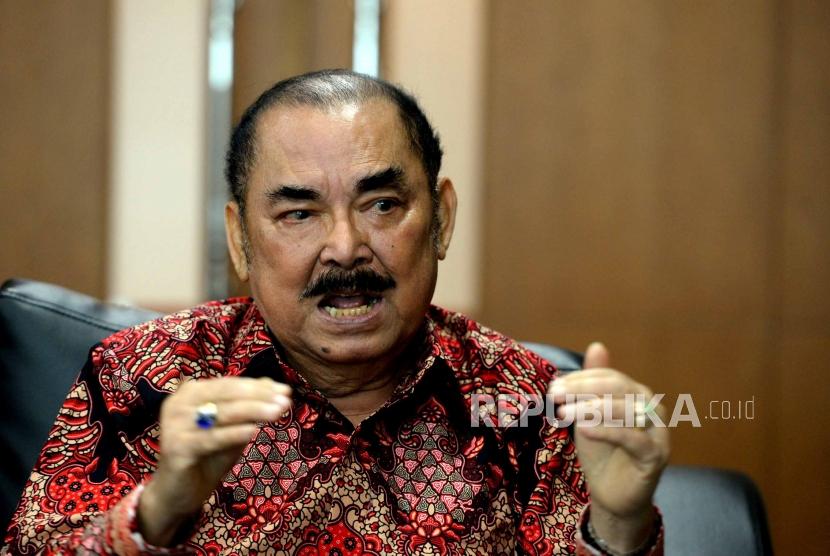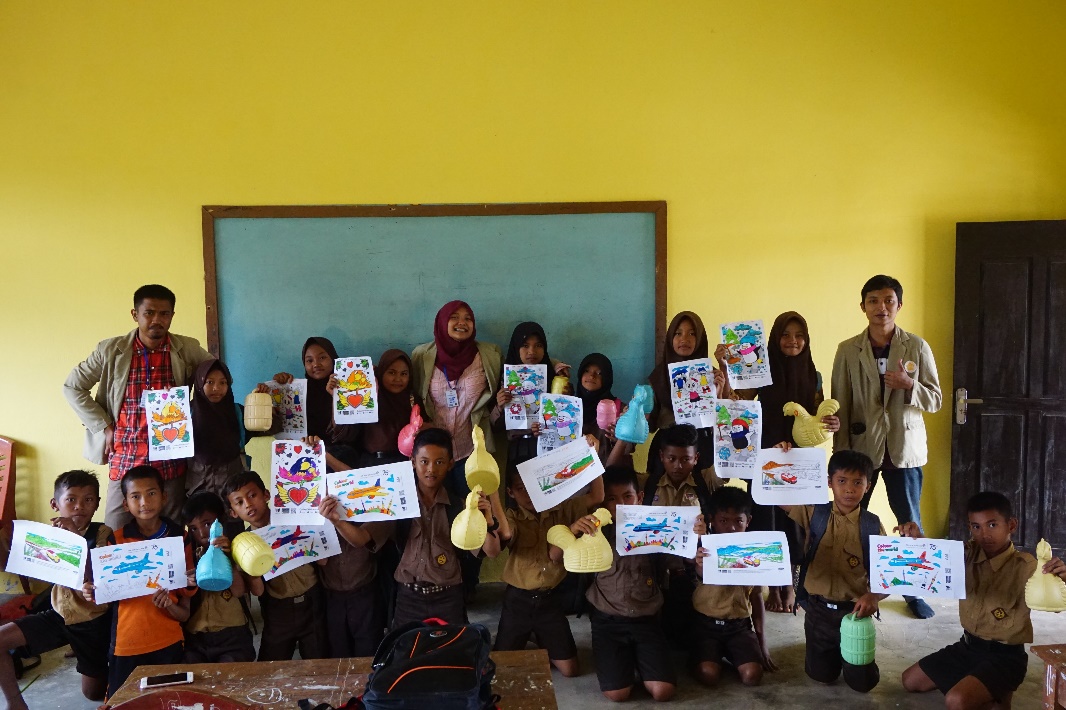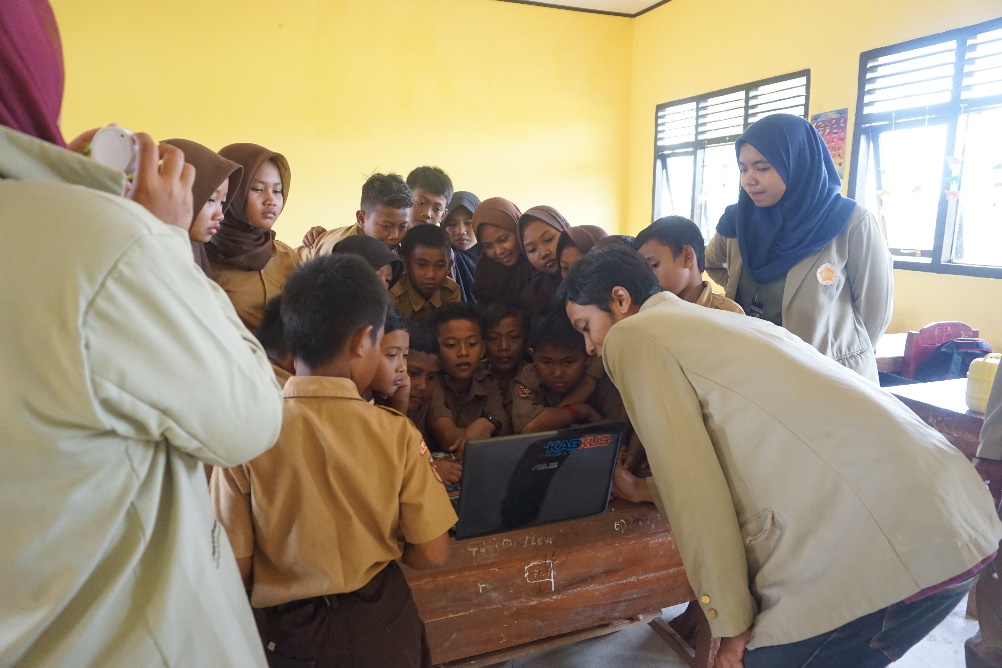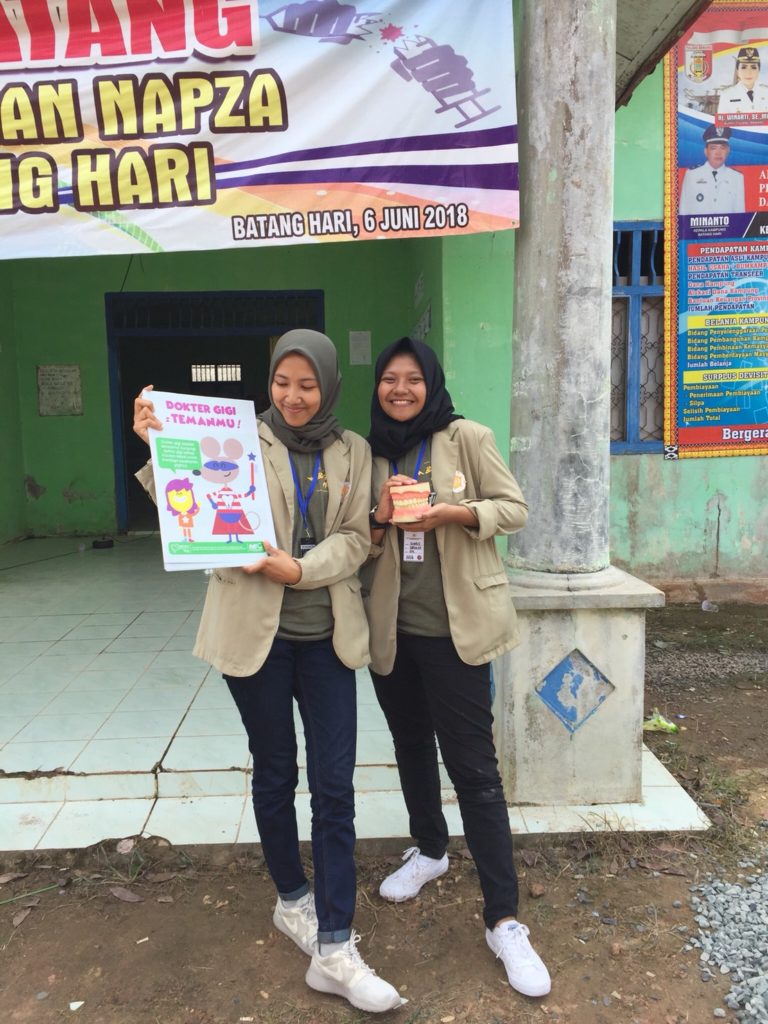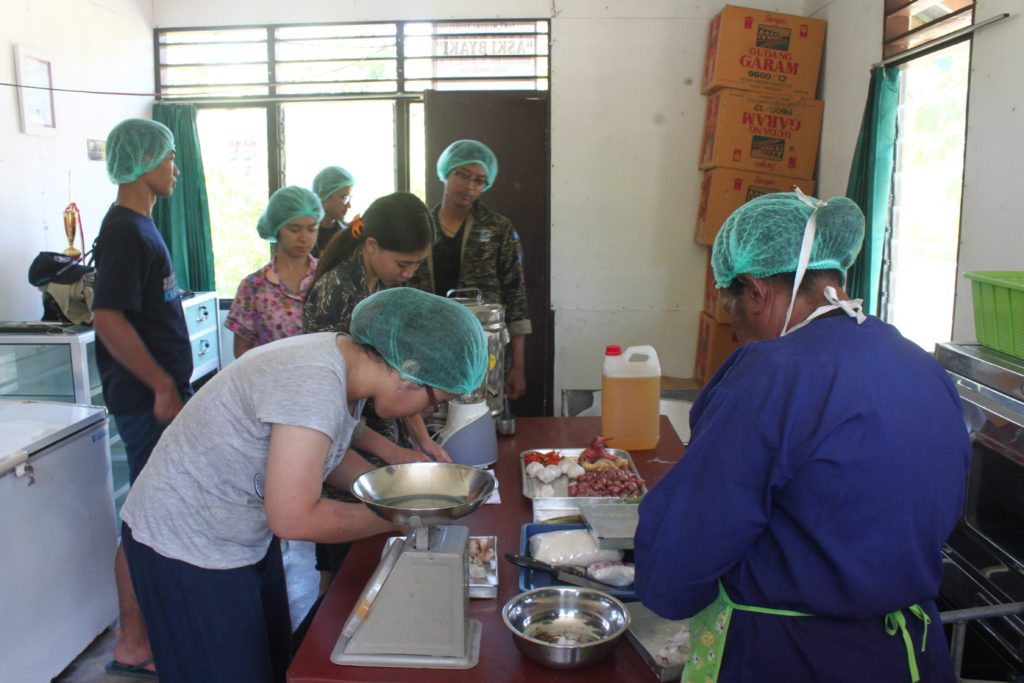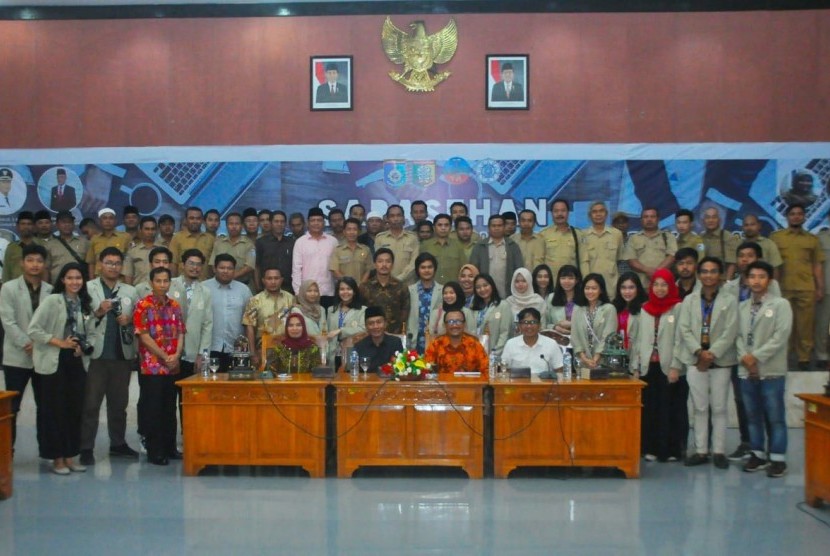
Optimizing village funds is one solution to problems in the countryside.
REPUBLIKA.CO.ID, LOMBOK BARAT – A total of 20 UGM students conducted a Community Service Program (KKN) in Bagik Polak Village, Labuapi District, West Lombok Regency, West Nusa Tenggara (NTB). As an agenda of KKN activities, the students held a workshop held at the Main Hall of the Office of West Lombok Regent on Monday (23/7) yesterday.
The workshop which discussed the Optimization of Utilization of Village Fund Budget (ADD) and Village Funds (DD) was attended by representatives from the Director General of Village Development of the Ministry of Home Affairs, Secretary General of the Ministry of Trade PDTT and Chair of LPPM UGM Yogyakarta.
UGM Research and Community Service Institution (LPPM) as an informal facilitator also presented speakers from the Indonesian Women’s Coalition Dian Aryani and UGM Faculty of Social Sciences Lecturer Arie Sudjito. The workshop was hosted by a moderator from the student, Afal Ranggajati.
The Chairman of UGM LPPM Irfan Dwidya stated, since 2013 UGM has changed the pattern of Community Service Program to be a more touching activity for the development of rural communities. “Since 2013 we have changed policies and students under the guidance of lecturers,” he said.
In this KKN activity they have village mapping activities, mapping the problems faced in the village. In this mapping, said Irfan, the direction of its development can be known which is directed through the RPJMDes. For this reason, he said, optimizing the use of ADD and DD has become one of the topics for problem solving.
In the same place, West Lombok Regent Fauzan Khalid hoped that all students could take advantage of this workshop to gain knowledge. “Everything is intended in order to make programs related to the development in the village,” Fauzan said.
On that occasion Fauzan detailed the number of villages / kelurahan, area size and other potential. Also not to forget, two students from Lombok were introduced who participated in the Community Service Program.
(Source: https://republika.co.id/berita/pendidikan/dunia-kampus/18/07/26/pcgmts368-mahasiswa-ugm-bahas-optimalisasi-dana-desa-di-lokasi-kkn; translator: Harun Ardiansyah)

